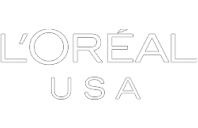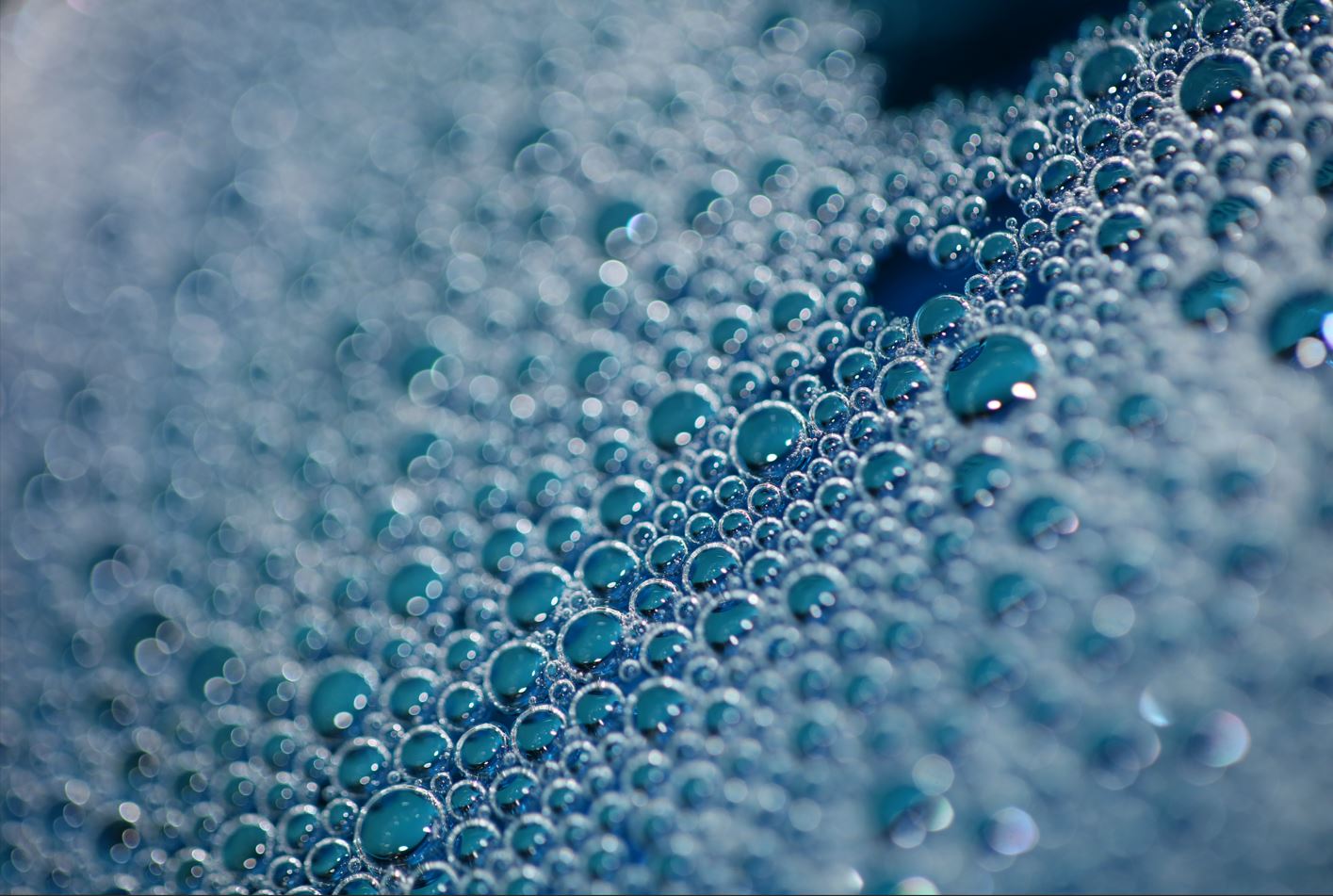Ultrasonic Cleaning Solutions & Detergents
Our versatile range of specially formulated ultrasonic cleaning solutions & detergents will help ensure you achieve efficient cleaning and optimal results.

Ultrasonic cleaning solutions & detergents uses
Use special ultrasonic cleaning solutions to assist in a wide range of cleaning applications including:
- Aerospace and defense parts and equipment
- Automotive components
- Solar panels and other energy sector equipment
- Firearms components
- Brass and woodwind instruments
- Manufacturing and fabrication components
- Pharmaceutical equipment
- Orthopedics and implants
- Surgical instruments
Ultrasonic soaps in our range are compatible with a broad variety of materials including metals, plastics, glass, and ceramics. You can select the ideal solution based on the component you’re cleaning and the contaminants you need to remove. Heavy-duty solutions are available for stubborn contaminants such as carbon and rust.
Detergents and Solutions
Trusted by the Best








Safety Data Sheets
Ultrasonic cleaning detergents offer several benefits:
- Choose an ultrasonic solution for your specific application
- Range of products available for different materials and contaminants
- Select special formulations for certain tasks
- Speed up cleaning time without damaging parts
- Safe to use while following proper protocols
- Won’t damage your ultrasonic cleaner
- Environmentally friendly options
We carry a selection of ultrasonic soap types, including:
- Alkaline detergents suitable for general cleaning of a variety of materials
- Highly caustic detergents for the removal of tougher contaminants such as scale and grease
- Acidic detergents for special applications such as cleaning electronic parts
- Solvents available for paint stripping
What liquid is used in an ultrasonic cleaner?
In an ultrasonic cleaner, you typically use a special ultrasonic detergent that is compatible with the material of the object you are cleaning and helps with the task of removing contaminants from the surface of the object. In some cases, deionized water may be sufficient, but most applications require an ultrasonic soap.
Most detergents are diluted with water before use, with the ratio dependent on a couple of factors including the level of cleaning required and the hardness of the water.
Do ultrasonic cleaners really work?
Yes, they really do. Ultrasonic cleaning solutions and detergents contain surfactants which lower the bath liquid’s surface tension. As a result, they work in a similar way to traditional cleaners to remove contaminants that are adhered to an object’s surface. What is more, the lower liquid surface tension increases the force of the ultrasonic waves, resulting in a more powerful cleaning process.
What is the best solution to use in an ultrasonic cleaner?
There are a variety of different types available, including alkaline, caustic, acidic, and enzymatic. The best solution for a given application will ultimately depend on several factors, including what component you are cleaning, the material it is made from, and the contaminants you’re trying to remove. For example, caustic cleaners are excellent at removing stubborn contaminants but may damage some metals such as aluminum or magnesium.
How many cycles should I use the solution for before I replace a new one?
Wondering how to verify if the solution is still usable? You should use the solution if it is meeting your cleaning specs. Just because it turns dark and looks nasty does not mean that it is exhausted. If you keep notes of how many parts you clean before you start noticing a drop in performance, you can establish a baseline.
A more precise method can be used for certain detergents. AquaVantage® 815 GD can be tested with a titration kit to tell you the exact condition of the mixture. It is a lot like using a pH testing kit. Brulin Ultrasonic Cleaning Detergent has the testing criteria in its specs. This is normally not recommended for small tanks as it is just as easy to drain and replace the small volume of liquid.
What solution do you use in an ultrasonic cleaner?
A variety of solutions can be used in an ultrasonic cleaner, with the most appropriate option depending on your application. For example, deionized water is suitable for some mild cleaning applications, but an ultrasonic soap is preferable in most cases. There are several different types to choose from, such as alkaline detergents for general cleaning and caustic solutions for removing more stubborn contaminants. Acidic and enzymatic detergents are other options. Ultrasonic soaps are usually diluted with water, with the ratio being determined by a few factors, including the hardness of the facility water and the level of cleaning needed.
What is the best cleaner to use in an ultrasonic cleaner?
You will need to select a detergent that is compatible with the material you will be cleaning and the contaminants you are removing. For most use cases, an alkaline solution will be ideal. These are compatible with metals, glass, ceramics, and plastics, with some exceptions, and can remove grease, carbon, and other contaminants. Caustic cleaners are more suitable for particularly stubborn contaminants, while acidic detergents have more specific uses such as polishing instruments or cleaning electronic parts.
What liquid is used in ultrasonic cleaner? What fluid do you use in an ultrasonic cleaner?
In most cases, you need to use a special ultrasonic cleaning solution, although deionized water can work for certain applications. Ultrasonic cleaning solution types include alkaline, caustic, acidic, and enzymatic. The one you choose will depend heavily on the object you’re cleaning, including the materials it’s constructed from and the contaminants you’re trying to remove. For example, an alkaline solution will work for most general cleaning applications, but you may need a caustic detergent for cleaning automotive parts or an enzymatic solution to remove organic contaminants.
Can you use dish soap in an ultrasonic cleaner?
Dish soap can be used in an ultrasonic cleaner, but you need to be careful about its compatibility with the material you are cleaning. For example, using water and dish soap with some metals can cause rust and corrosion. In this case, it is a far better idea to use a special ultrasonic soap that contains rust inhibitors, for example, Sonic Power Degreaser. In general, using a detergent that is specially designed for use in an ultrasonic bath is the best option.














